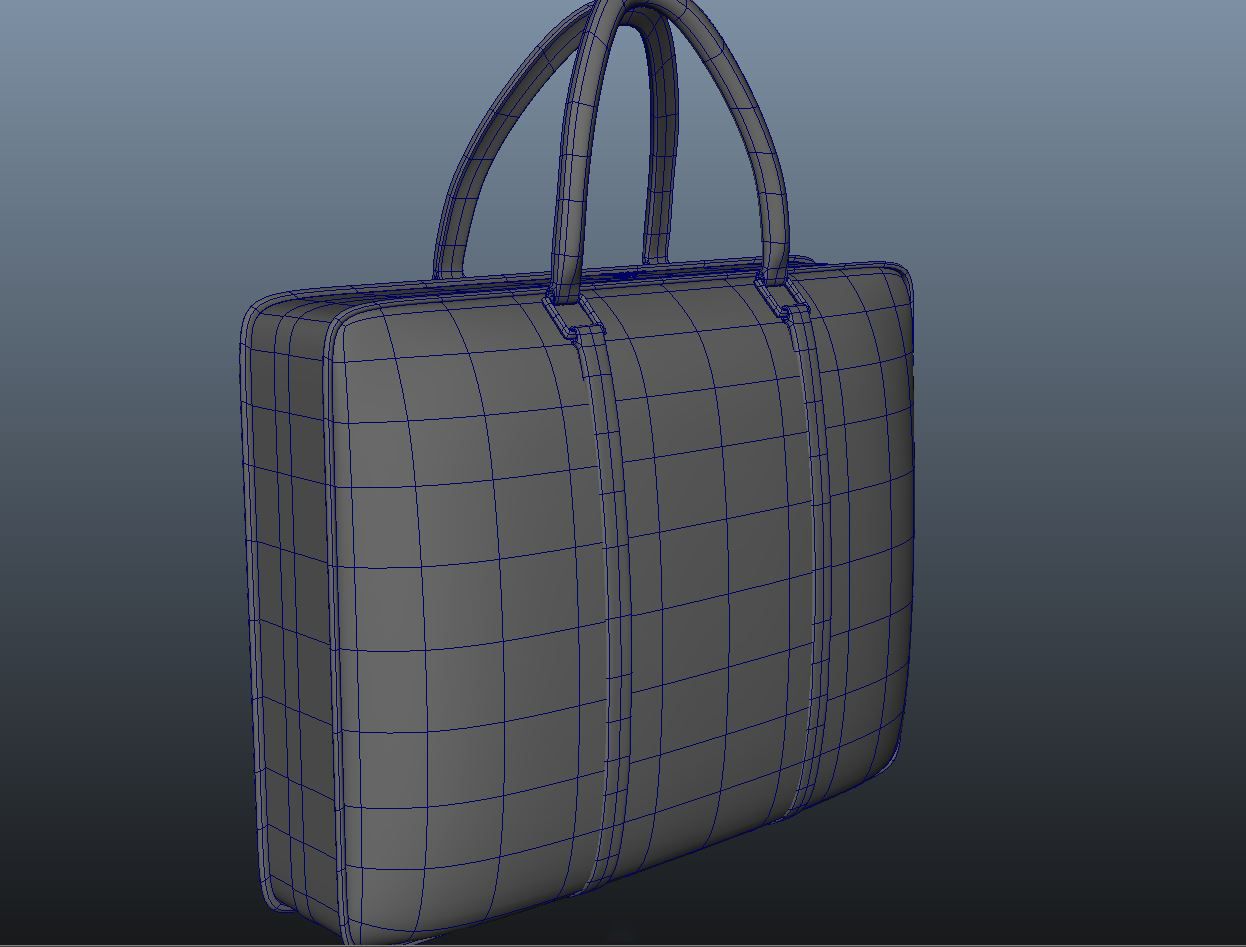.jpg)
Creating a Virtual World: The Importance of High-Quality 3D Assets
Creating a Virtual World: The Importance of High-Quality 3D Assets
In recent years, the use of virtual worlds has become increasingly popular. From video games to virtual events, these digital environments offer endless possibilities for entertainment and engagement. However, creating a virtual world requires high-quality 3D assets that are both visually stunning and functionally sound. In this blog post, we'll explore the importance of high-quality 3D assets in creating a virtual world.

The polygon count, using efficient texture mapping, and ensuring that the assets are compatible with the rendering engine being used. Optimizing for performance ensures that the 3D assets run smoothly within the virtual environment, minimizing lag and other technical issues that could detract from the user experience.
Keep Iterating and Testing
Creating high-quality 3D assets is often an iterative process. It’s important to continually test the assets within the virtual world to ensure they perform as expected. This includes checking for visual consistency, ensuring that textures load correctly, and confirming that the assets interact properly within the environment. Iterative testing allows for adjustments to be made before the final deployment, ensuring a polished and optimized final product.
What are 3D Assets?
Before we dive into the importance of high-quality 3D assets, let's first define what they are. 3D assets are digital objects that are created using 3D modeling software. They can be anything from a simple cube to a complex character model. 3D assets are used in various applications, including video games, movies, virtual reality experiences, and architectural visualizations.
The Importance of High-Quality 3D Assets
- Aesthetics
The first and perhaps most obvious reason for using high-quality 3D assets is aesthetics. Virtual worlds are all about creating an immersive experience, and having visually stunning 3D assets is essential to achieving that goal. High-quality 3D assets with realistic textures, detailed models, and dynamic lighting can bring a virtual world to life and make it feel more believable.
- Functionality
In addition to aesthetics, 3D assets must also be functionally sound. This means that they should perform well within the virtual world, not causing any lag or other technical issues. High-quality 3D assets are optimized for performance, ensuring that they run smoothly and don't negatively impact the user experience.
- Immersion
Creating an immersive virtual world requires more than just visually stunning 3D assets. High-quality 3D assets can also contribute to the overall immersion of the experience. For example, having 3D assets that react realistically to user input, such as moving objects or interactive environments, can make the virtual world feel more real and engaging.
- Branding
Virtual worlds can also be used as a branding tool. High-quality 3D assets can help to establish a brand's identity within the virtual world, making it more recognizable and memorable. This can be particularly important for businesses that use virtual worlds as a marketing tool, such as showcasing products in a virtual showroom or hosting a virtual event.
- Cost Savings
While high-quality 3D assets may come with a higher price tag, they can actually result in cost savings in the long run. High-quality assets are typically optimized for performance, meaning that they use fewer resources and require less maintenance. This can lead to lower hosting costs and a more efficient virtual world overall.

Best Practices for Creating High-Quality 3D Assets
Now that we've established the importance of high-quality 3D assets, let's take a look at some best practices for creating them.
- Plan Ahead
Before creating any 3D assets, it's important to plan ahead. This includes determining the purpose of the asset, its level of detail, and any technical requirements. Planning ahead can help to ensure that the asset is optimized for its intended use and doesn't require any unnecessary revisions.
- Choose the Right Software
Choosing the right 3D modeling software is essential to creating high-quality assets. Different software options offer different features and capabilities, so it's important to choose one that aligns with the specific needs of the project.
- Invest in High-Quality Textures
Textures play a significant role in the aesthetics of a 3D asset. Investing in high-quality textures can make a big difference in the final product. Textures should be high-resolution and realistic, adding depth and detail to the asset.

Use Industry Standards and Guidelines
Following industry standards and guidelines can help ensure that your 3D assets are of the highest quality. This includes adhering to best practices for 3D modeling, such as maintaining consistent polygon density, using proper naming conventions, and ensuring that assets are compatible with various platforms and engines. Using established guidelines helps to create assets that are both visually appealing and technically sound.
Conclusion
High-quality 3D assets are the backbone of any successful virtual world. They contribute not only to the aesthetics and functionality of the environment but also to the overall immersion and user experience. By investing in well-crafted 3D assets and following best practices in their creation, designers and developers can build virtual worlds that are visually stunning, engaging, and efficient. Whether used for gaming, virtual events, or branding, high-quality 3D assets are essential to creating a memorable and impactful digital experience.



.jpg)
.jpg)







